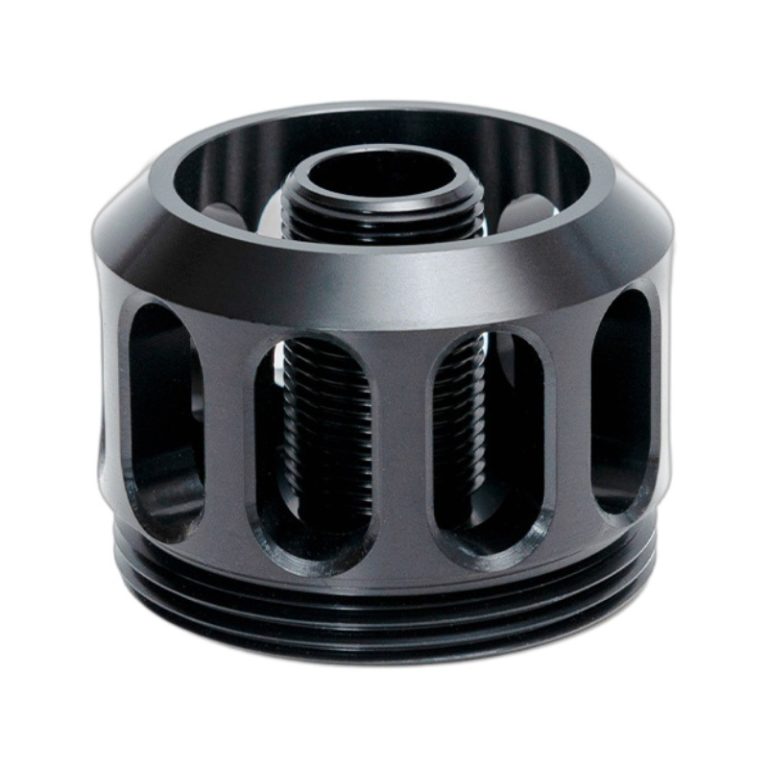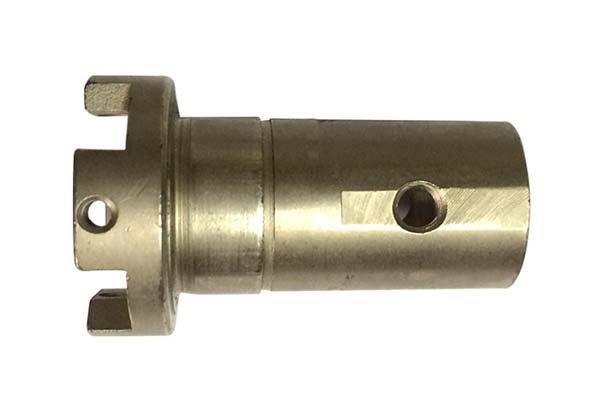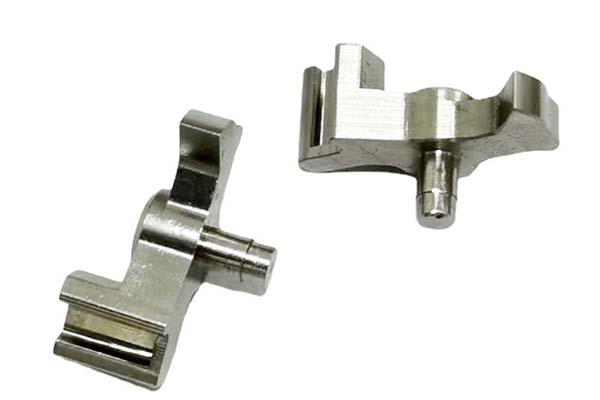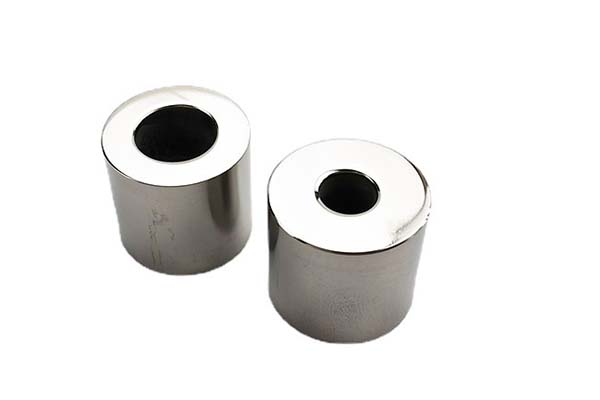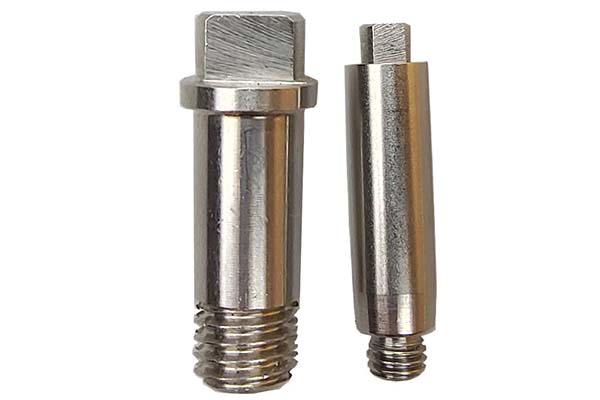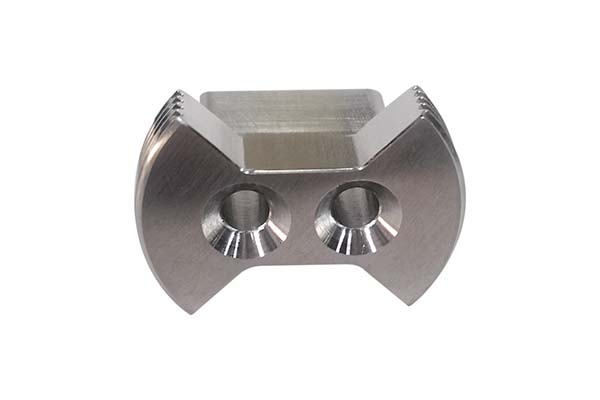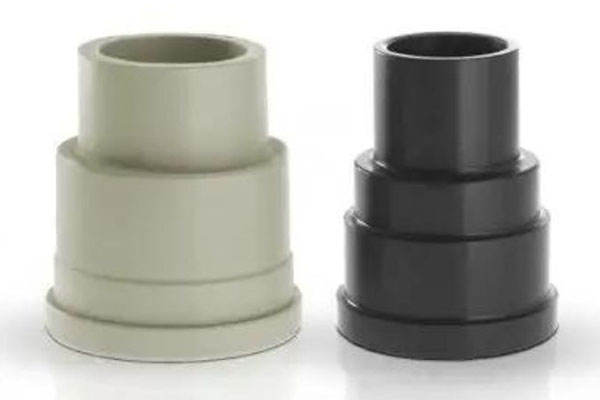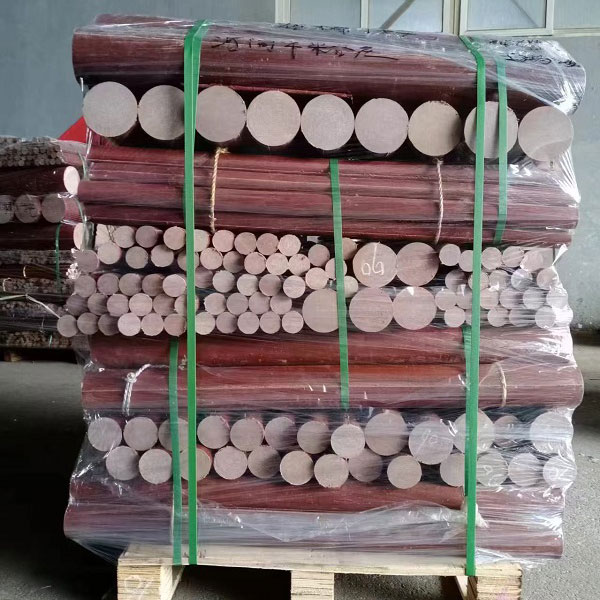Key Advantages of Swiss Machining in Precision Manufacturing
Swiss machining is an advanced and highly specialized form of precision machining that stands out for its ability to produce complex, high-precision parts with tight tolerances and superior surface finishes. This method is particularly valuable for producing small to medium-sized parts with intricate features, such as those found in watchmaking, medical devices, and aerospace components. The key advantages of Swiss machining include its efficiency in material usage, ability to reduce secondary operations, and capacity to produce multi-feature parts in a single setup.
Introduction to Swiss Machining
Definition and Origins
Swiss machining, also known as Swiss-type lathe turning or Swiss screw machining, is a technique used to produce highly precise and complex parts, typically through the use of a Swiss automatic lathe. The process originated in Switzerland, renowned for its expertise in watchmaking and fine engineering. Swiss lathes are designed to hold long and thin workpieces while rotating them against a stationary cutting tool. These machines are capable of performing a wide range of operations, including turning, milling, drilling, and reaming, all within a single setup. This makes Swiss machining particularly ideal for creating intricate parts with high accuracy and minimal waste.
Comparison to Traditional Machining
Unlike traditional CNC (Computer Numerical Control) machines, which typically rely on multiple setups and tools to achieve complex geometries, Swiss lathes are uniquely designed to support workpieces from both ends via a guide bushing system. This system minimizes deflection during machining, providing superior stability and precision. In comparison, traditional machining methods may involve more manual adjustments, more tooling changes, and more machine reconfigurations, which can increase production time, costs, and complexity. Swiss machining addresses these issues by simplifying the process, improving speed and consistency.
Key Advantages of Swiss Machining
1. Precision and Tight Tolerances
Swiss machining is widely recognized for its ability to achieve extremely tight tolerances and high precision. The guide bushing system holds the workpiece securely, reducing vibrations that could lead to dimensional inaccuracies. This stability is crucial when producing parts for industries where even small variations can lead to performance issues, such as in aerospace, medical devices, and automotive components. Parts manufactured using Swiss machining can achieve tolerances in the range of ±0.001 mm or better.
2. Material Efficiency
Swiss machining is highly efficient in terms of material usage. The process allows for parts to be machined with minimal waste, as the workpiece is securely held in place and precision machined, reducing the amount of material that is lost during production. This results in lower material costs and contributes to more sustainable manufacturing practices. Additionally, Swiss lathes often allow for the production of multiple parts simultaneously, further enhancing material efficiency.
3. Reduced Secondary Operations
One of the standout features of Swiss machining is its ability to reduce or eliminate secondary operations. In traditional machining, multiple setups are often required to complete different stages of a part’s production (e.g., turning, milling, drilling, and threading). However, Swiss lathes are designed to perform many of these operations in a single setup, significantly reducing the need for repositioning the part or changing tooling. This streamlining of the process not only reduces lead times but also lowers overall manufacturing costs. Parts that would traditionally require multiple operations (e.g., drilling, tapping, finishing) can often be completed in one go.
4. Multi-Feature Production
Swiss machining excels at producing multi-feature parts in a single operation. Parts that require a combination of internal and external features, such as holes, slots, threads, and complex contours, can often be machined in one pass. This ability to produce intricate parts with multiple features without needing to change machines or re-fixture the part reduces the likelihood of errors and inconsistencies that might arise from switching between different machines or setups. The integration of several operations into one cycle enhances both the efficiency and accuracy of the production process.
5. Surface Finish Quality
The stability and precision of Swiss machining also result in exceptional surface finishes. Parts produced with Swiss lathes typically exhibit smoother surfaces with fewer imperfections, which is particularly important in applications where surface quality directly impacts performance, such as in fluid dynamics or mechanical wear and tear. High-quality surface finishes can also reduce the need for additional finishing operations like polishing or grinding, saving both time and cost.
Applications of Swiss Machining
1. Watchmaking
Swiss machining has long been synonymous with watchmaking, where precision is critical. The ability to produce small, intricate parts with extremely tight tolerances is essential for creating reliable, high-quality timepieces. Swiss machining ensures that watch components, such as gears, springs, and bezels, meet strict dimensional specifications, contributing to the overall accuracy and reliability of the watch.
2. Medical Devices
In the medical industry, Swiss machining is used to create surgical instruments, implants, and other critical medical components. Precision is paramount when producing parts that must fit precisely in the human body and function correctly for patient safety. The tight tolerances and ability to machine complex geometries are vital for the production of high-quality medical devices, such as spinal implants, orthopedic tools, and vascular stents.
3. Aerospace Industry
The aerospace industry demands lightweight, strong, and highly precise components that can withstand extreme conditions. Swiss machining is ideal for producing components like turbine blades, fasteners, and control systems. The process ensures that each part meets stringent performance specifications, reducing the risk of failure and ensuring the highest level of safety and reliability in aerospace applications.
4. Automotive and Electronics
Swiss machining is also widely used in the automotive and electronics industries, where precision and small parts are often required. From producing engine components to small connectors and electronic housings, Swiss lathes allow for the production of high-precision parts with complex geometries, ensuring that they meet the rigorous standards these industries demand.
Process and Techniques
Single Setup Machining
One of the standout features of Swiss machining is its ability to perform multiple operations in a single setup. Swiss lathes can turn, mill, drill, thread, and even perform some grinding tasks without the need for repositioning or re-fixturing the part. This results in time savings, improved consistency, and higher accuracy. For complex parts, this capability ensures that all features are precisely integrated into the part without the risk of dimensional drift between setups.
Multi-Feature Production
Swiss lathes are designed to perform multiple functions on the same part during a single cycle. For example, a part that requires turning, threading, and drilling can be fully produced without having to switch machines or manually reposition the workpiece. This not only reduces setup time but also improves accuracy by minimizing handling and operator error.
Surface Finish Quality
Thanks to the precise nature of Swiss machining, parts often achieve excellent surface finishes, typically smoother and more consistent than parts produced through traditional machining methods. This quality is especially important in industries where surface smoothness impacts performance, such as in aerospace (for aerodynamic components) or medical devices (for implants and surgical tools).
Future Trends in Swiss Machining
Technological Advancements
Swiss machining continues to evolve with advancements in CNC controls, automation, and tooling technologies. These innovations allow Swiss lathes to work faster, more accurately, and with even greater flexibility. Integration with other manufacturing technologies like 3D printing and additive manufacturing is enabling more hybrid manufacturing solutions, offering new opportunities for complex part production.
Industry Adoption
Swiss machining is gaining popularity across many industries as manufacturers recognize its ability to produce complex parts efficiently. Automotive, electronics, and defense sectors are increasingly adopting Swiss machining for its speed, accuracy, and material efficiency. This growing adoption will likely continue as industries demand higher precision and faster turnaround times.
Environmental Impact Considerations
While Swiss machining is more material-efficient than traditional methods, efforts are ongoing to make the process even more sustainable. These include improving energy efficiency, optimizing cutting fluids, and using recyclable materials. Manufacturers are also exploring ways to reduce emissions and improve overall sustainability in Swiss machining processes, contributing to more eco-friendly manufacturing practices.
FAQs
1. What are the primary benefits of Swiss machining over traditional CNC machining?
Swiss machining offers several advantages over traditional CNC machining, including higher precision (due to the guide bushing system), reduced secondary operations (by performing multiple tasks in a single setup), and improved material efficiency (with minimal waste). These benefits make it ideal for producing small, complex parts with tight tolerances and excellent surface finishes.
2. How does Swiss machining achieve such high levels of precision?
Swiss machining achieves high precision through the guide bushing system, which stabilizes the workpiece and reduces deflection. Additionally, the use of advanced CNC controls allows for extremely fine adjustments, ensuring tight tolerances and consistent part quality.
3. In which industries is Swiss machining most commonly used?
Swiss machining is widely used in industries that demand high-precision parts, such as watchmaking, medical devices, aerospace, automotive, and electronics. These industries rely on Swiss machining to produce small, complex components that require tight tolerances and superior surface finishes.
